Farming
Growing Great Wine
At Frog’s Leap we define terroir as the sum total of influences and actors that combine to make a wine taste like no other wine on earth — and we deliver terroir through responsible farming practices. All of our estate vineyards are organically farmed without irrigation and roughly ten percent of our farmable land is committed to alternative crops including fruit and olive orchards and edible gardens. Traditional landscaping quickly gives way to native habitat and hedgerows in an effort to create and foster biodiversity. We believe these efforts not only enhance our vines and allow us to grow better wine but are also our obligation as good stewards of the land we love and are proud and deeply grateful to call home.
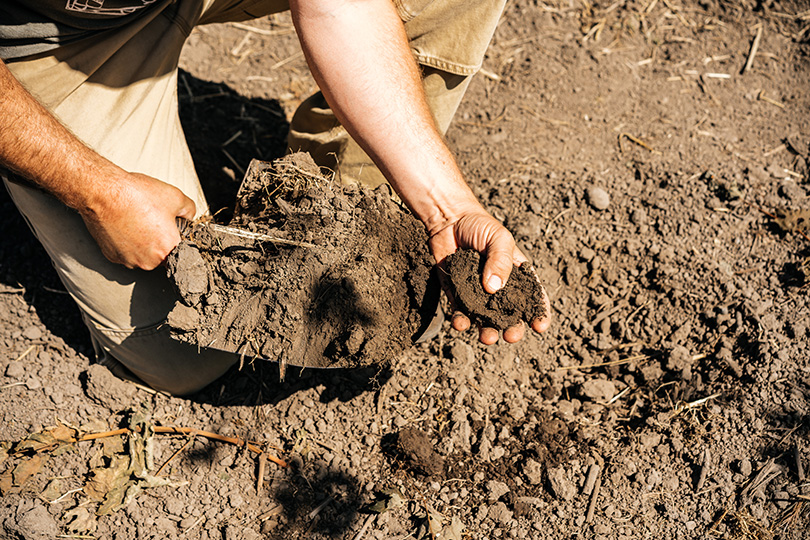
“Dry” farming is a traditional method of farming that relies on rainfall for moisture and regular tillage for aeration. The soil acts as a “sponge” during the rains of winter and early spring, retaining water in order to slowly release it back to the vines during the long, hot, dry summer. Dry farming also forces the roots of the grapevines deeper into the soil, providing for more balanced, nuanced wines. It is interesting to note that all wine grapes in the Napa Valley were dry farmed before irrigation was introduced in the late 1970’s — and that all the wines that put Napa on the map as the Valley was forging its reputation were farmed in this manner.
Farming without Irrigation
“Dry” farming is a traditional method of farming that relies on rainfall for moisture and regular tillage for aeration. The soil acts as a “sponge” during the rains of winter and early spring, retaining water in order to slowly release it back to the vines during the long, hot, dry summer. Dry farming also forces the roots of the grapevines deeper into the soil, providing for more balanced, nuanced wines. It is interesting to note that all wine grapes in the Napa Valley were dry farmed before irrigation was introduced in the late 1970’s — and that all the wines that put Napa on the map as the Valley was forging its reputation were farmed in this manner.
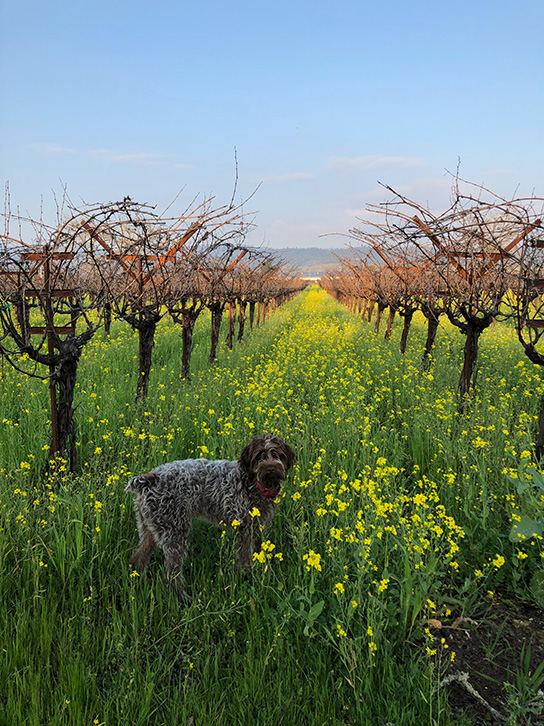
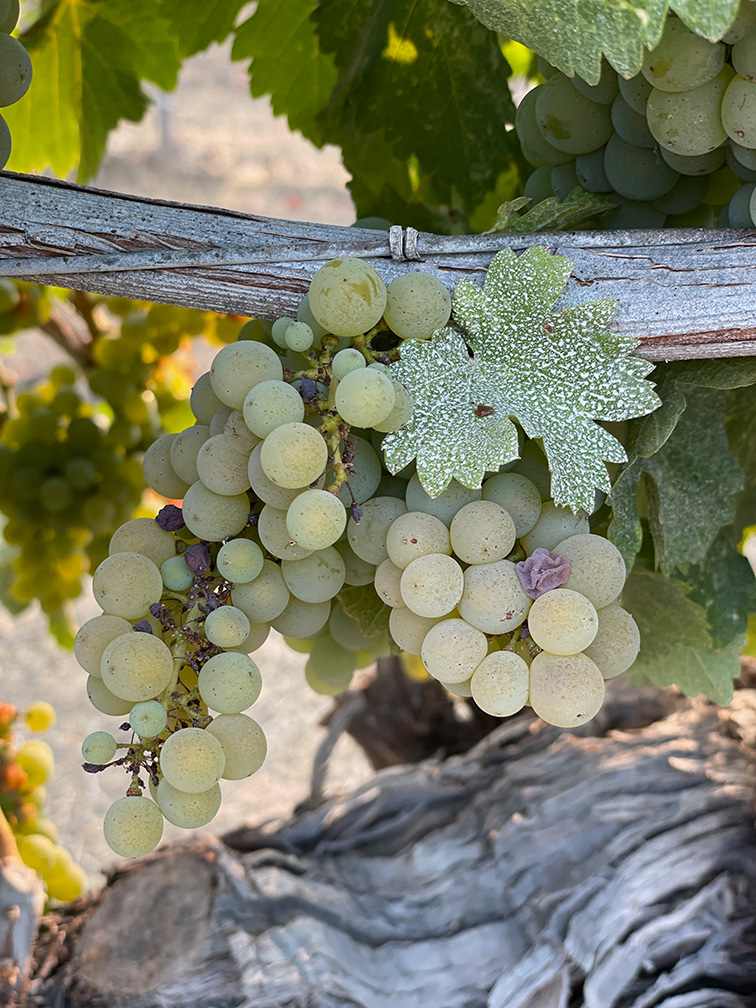
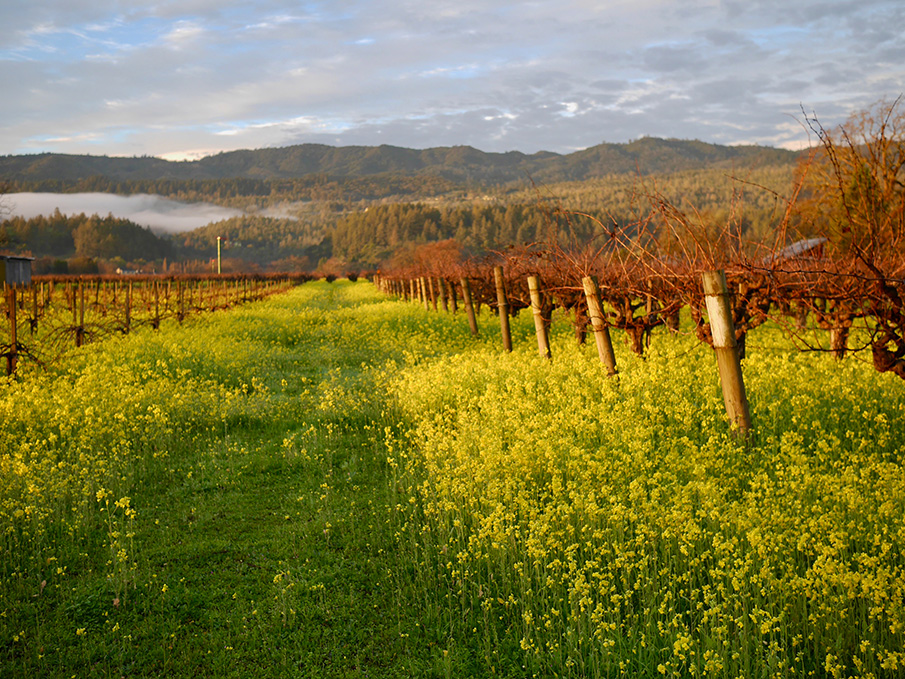
Organic Farming
For nearly four decades Frog’s Leap has chosen to farm all of our crops organically, secure in the knowledge that healthy soils produce healthy vines, and that healthy vines produce vibrant, flavorful fruit. Organic farming is a fundamental part of what we do, and who we are — it just makes sense. Not incidentally, all our Estate vineyards are California Certified Organic Farms.
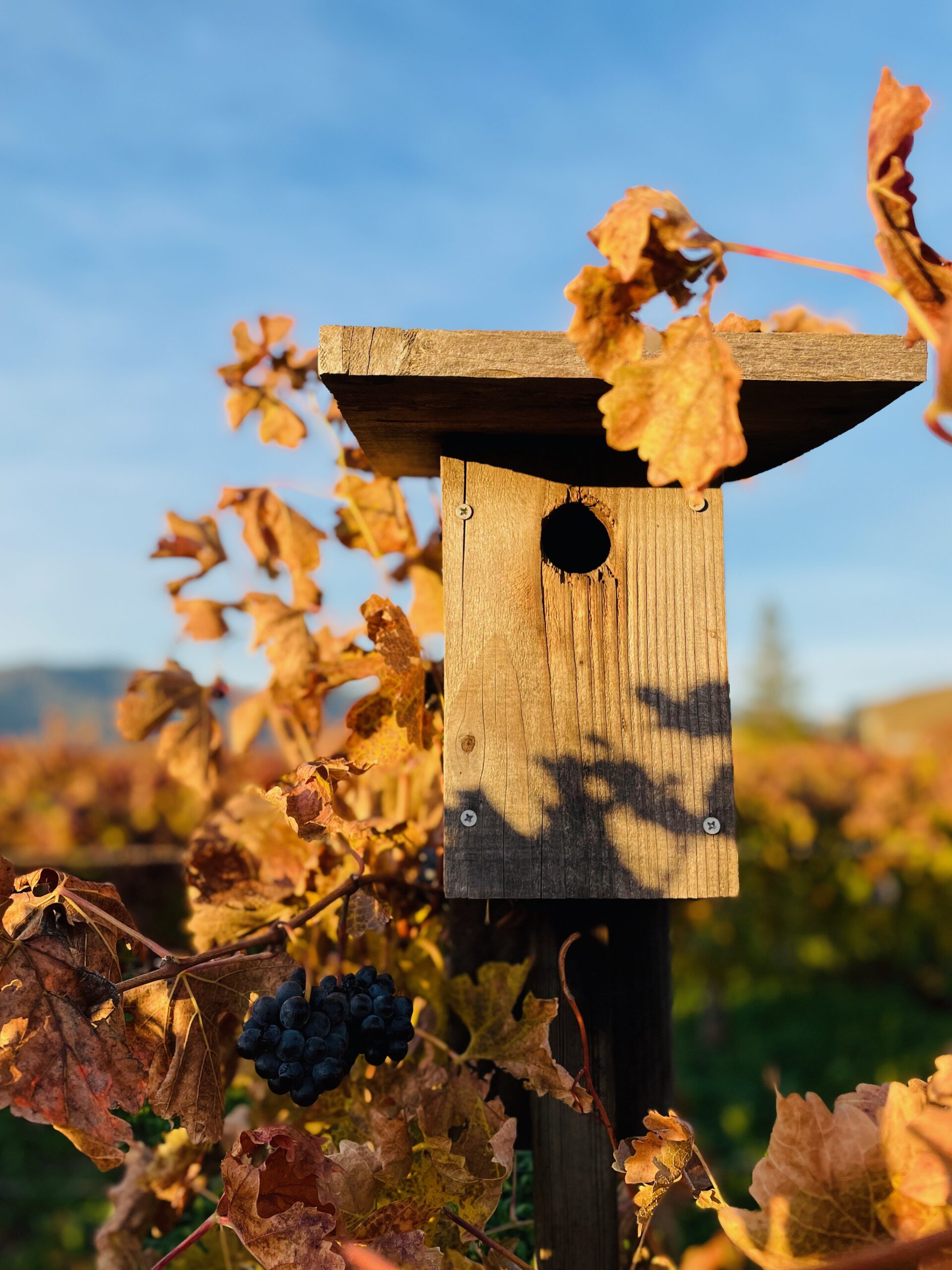
Farming with Biodiversity
All species of life are in deep communication with the other living organisms around them. In the case of plants this means both the life above the ground, and, just as importantly, the life below. Grapevines are living, sentient beings whose health, vitality and productivity are enhanced by deep connection with their natural surroundings. In and around all our vineyards you will find edible gardens, orchards, native plantings and hedgerows planted and maintained with intention to support a wholeness of nature which in turn supports us all.
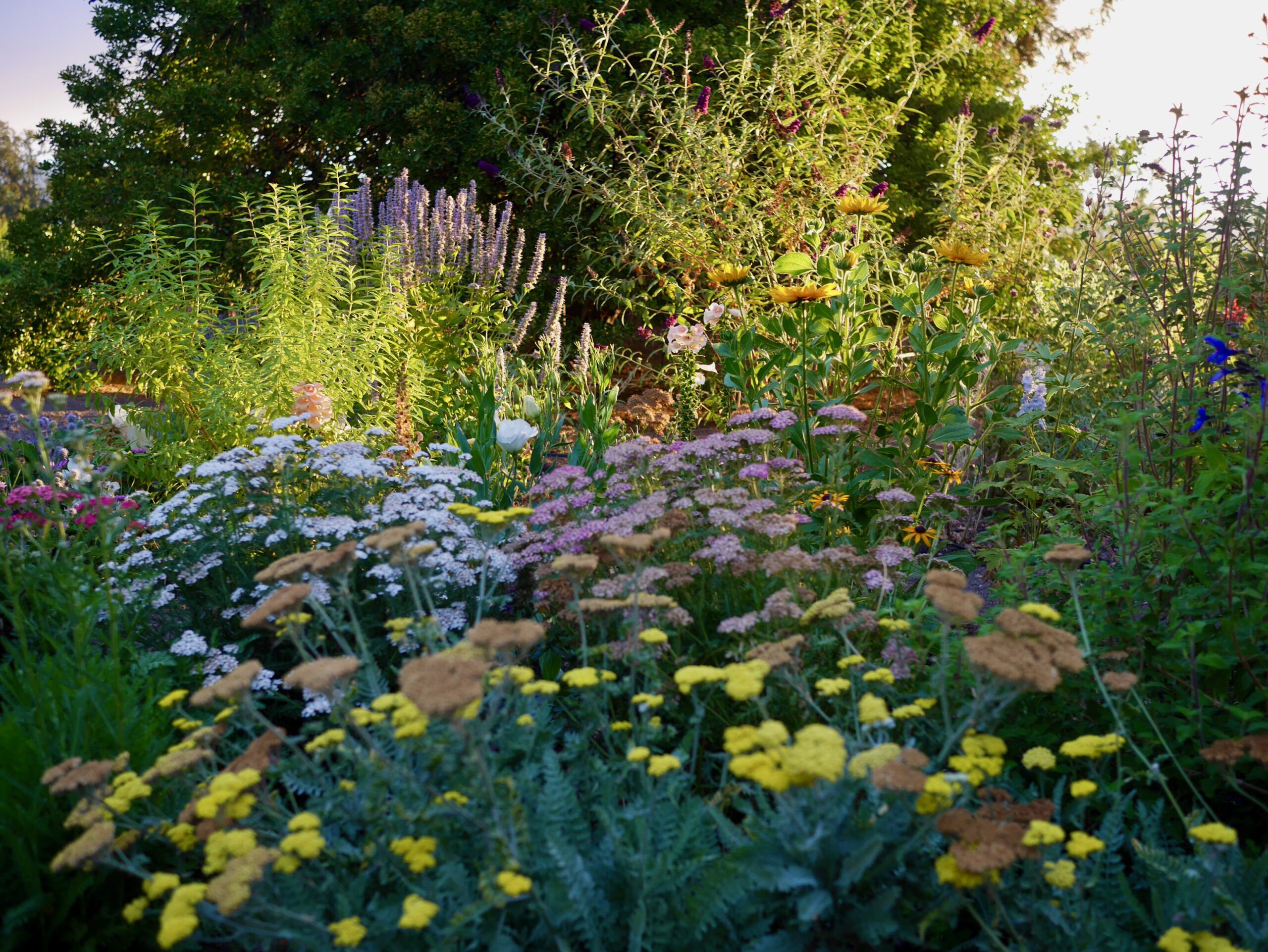
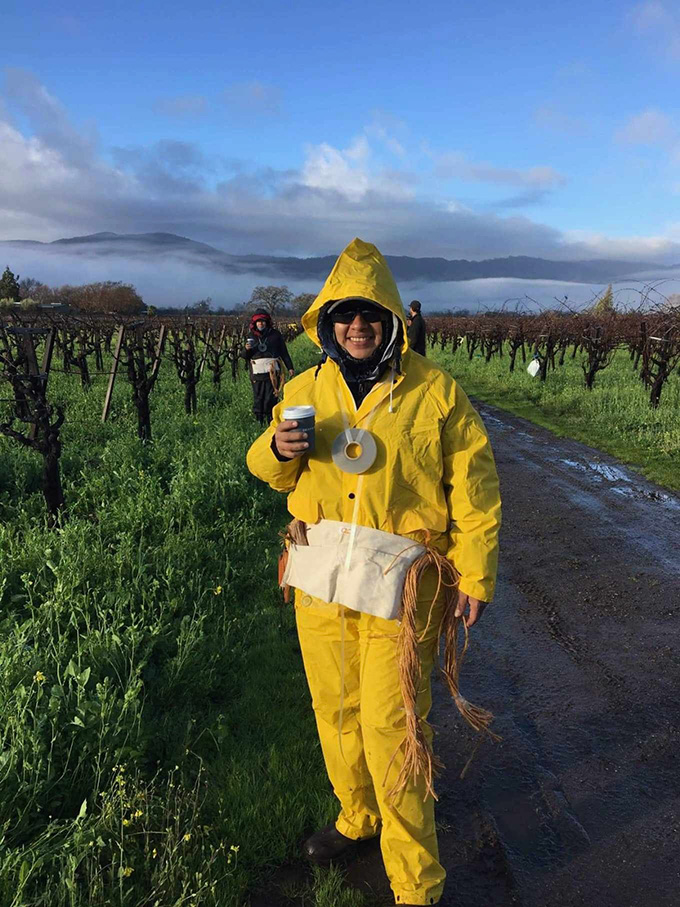
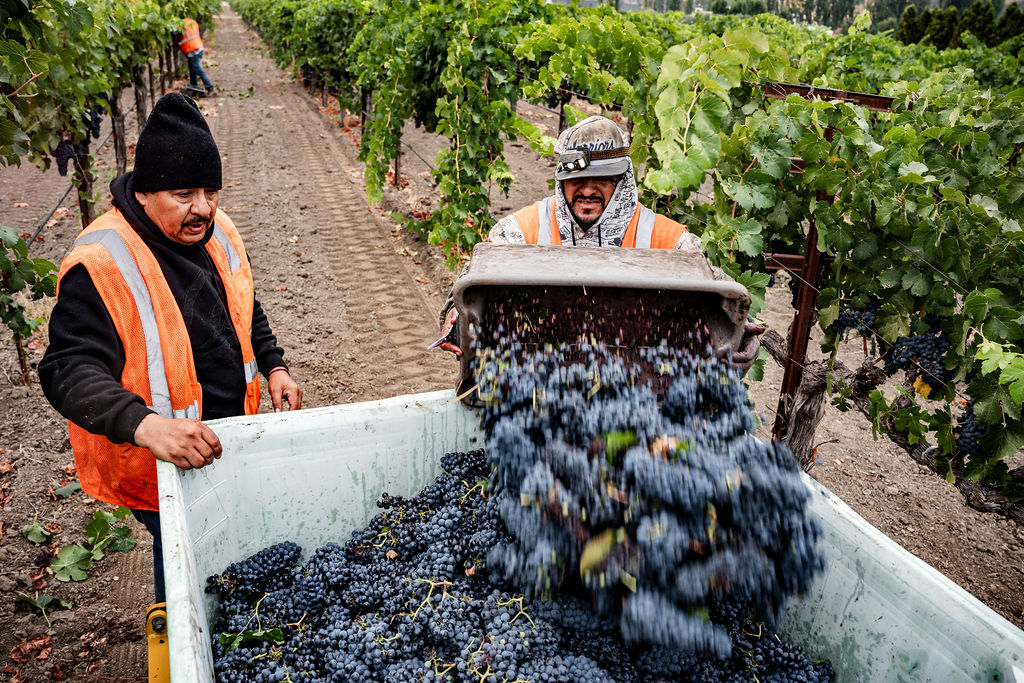
The Hands That Tend The Vines
Our Vineyards are maintained by a skilled workforce comprised of men and women. They take responsibility for the care and maintenance of our vines in all seasons, from the essential first pruning that happens in January, through Summer thinning and on into the harvest and we in turn are responsible to them — as keenly valued, full time employees.
Thinking Like a Vine
Owner and Winemaker, John Williams, offers some thoughts on forty years of grape growing in the Napa Valley.
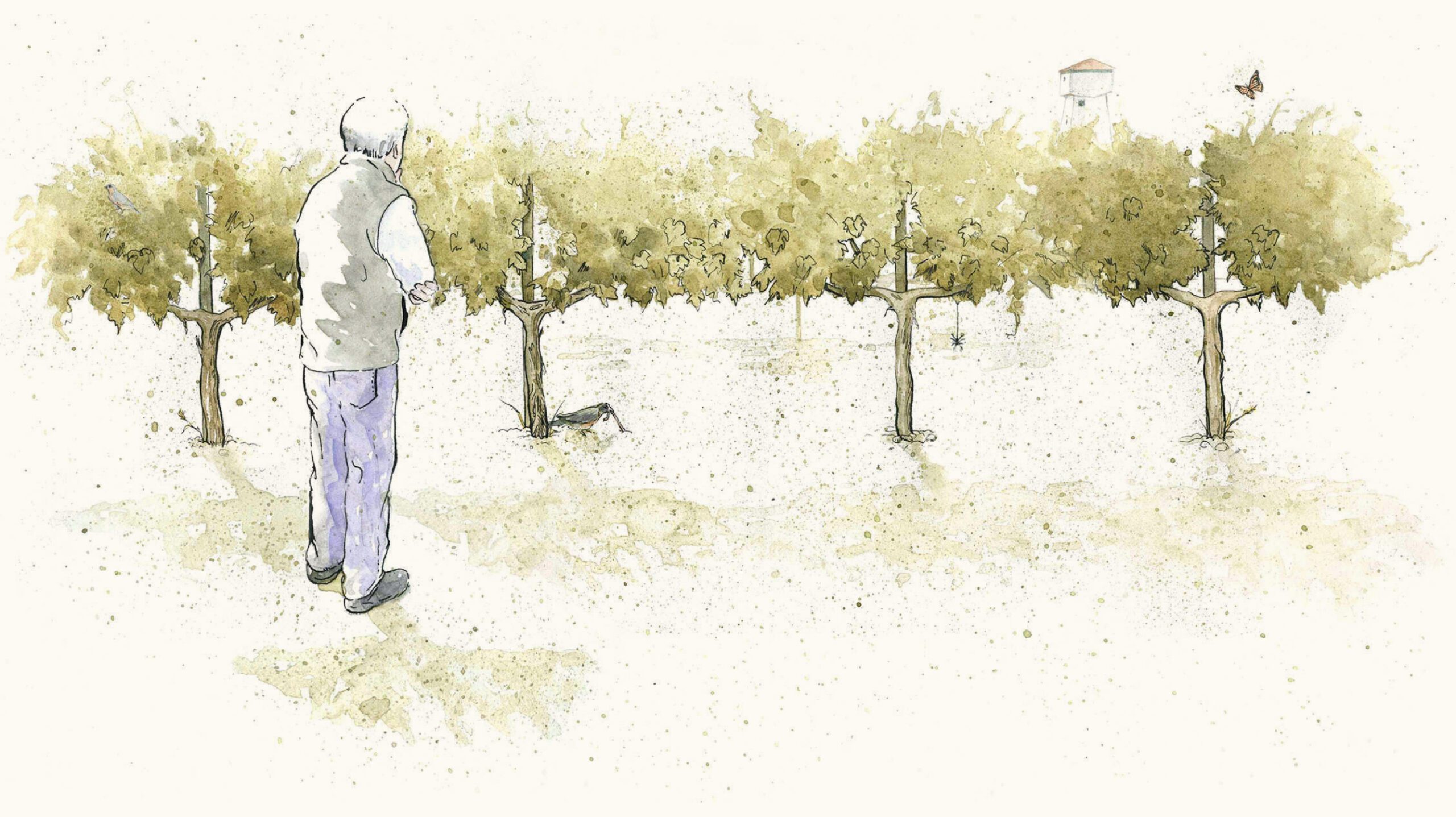
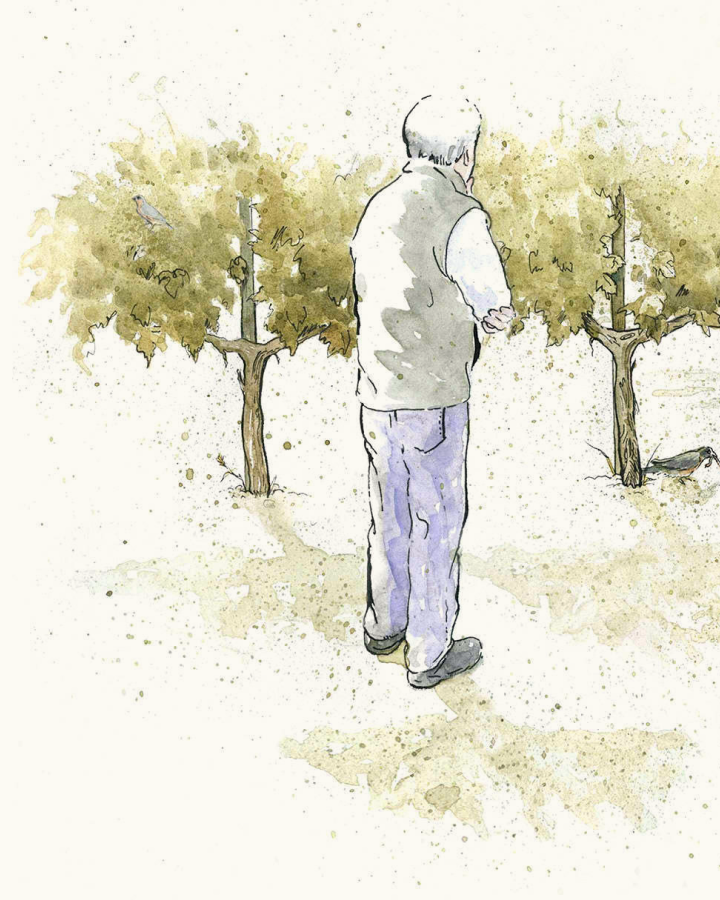
Arriving in the Napa Valley
Arriving in the Napa Valley in the early 70s afforded me the opportunity of mentorship under some of our greatest winemakers. These men, and the wines they produced, profoundly influenced my own desire to make wines that adhere to three basic principles–balance, restraint and respect for terroir. I believe these characteristics are the indisputable product of the vine itself and are an expression of the deep connection to the soil and environment in which it lives.
Grapevines are living, sentient beings with their days and nights consumed by concern for vital life choices, like when to sweeten their fruit to attract birds to spread their seed, or when to break bud in the spring, or when to start storing energy for the next season. These are critical decisions a vine makes each and every day. So how does a grapevine make these decisions? They do so by taking information from their environment. They measure the angle of the sun, the phase of the moon, the tug of the planets, the temperature and moisture content of the soil and the kind of chemical signals soil organisms are giving off. It knows when the birds visit, it’s on familiar terms with surrounding insects and their life stages and it takes a cue from the acorns falling off the nearby oaks. In short everything in its environment is a clue.
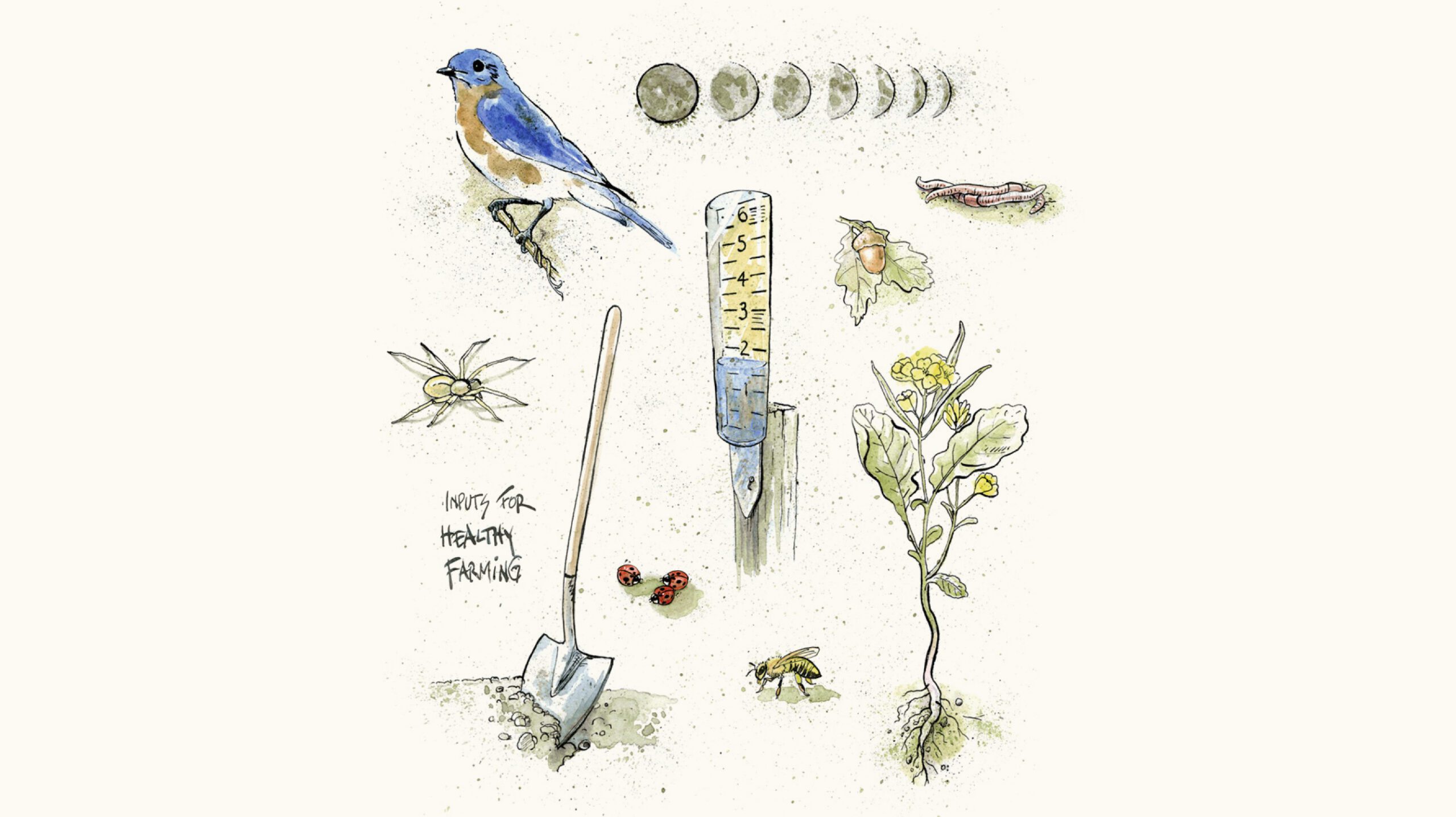
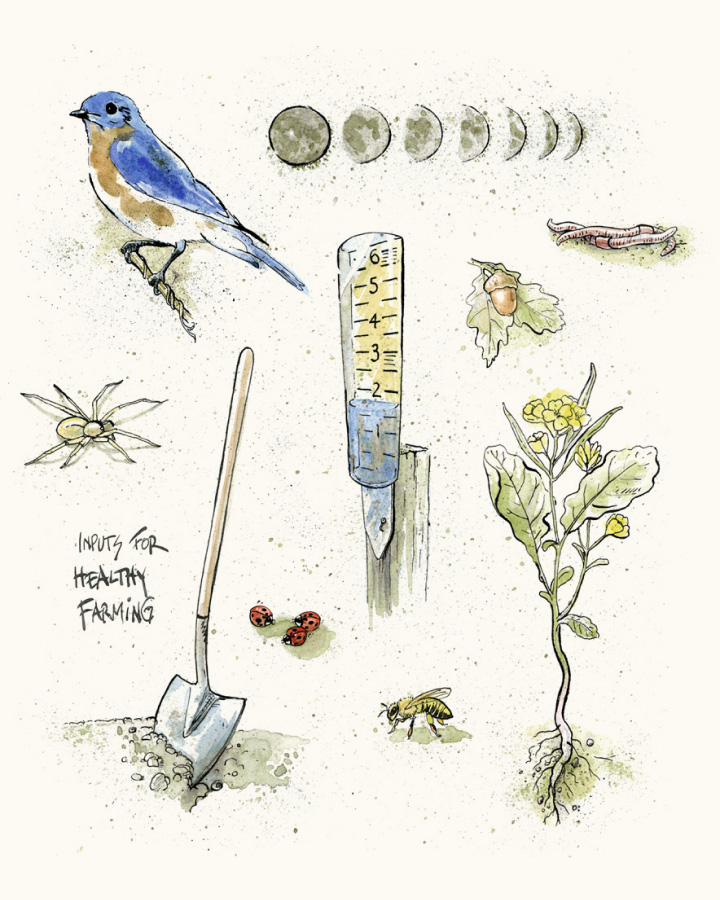
But what happens so often in most vineyards?
The vines are lined up, their branches forced into restrictive trellising and their growing tips are cut off. They are exposed to toxic pesticides and fed strong, synthetic fertilizers. They are forced to drink water when they are not thirsty. Birds are discouraged, insects are killed, and the oak tree is cut down. So much of modern farming is dedicated to removing the very information that these plants need to succeed. In this light our farming choices are not radical concepts but rather the very basics of what must be done to reunite a vine with its environment. We farm with the intent of affecting as little as possible while relying on the plant itself to do the heavy lifting.
How? Through thoughtful implementation of watchful practices that aim to complement what’s happening in nature. We know that healthy, vibrant, microbial-dense soil will better absorb the winter rains and provide for the nutritional and water needs of the plant all year long. We’ve learned that if we maintain biodiversity through cover crops and insectary borders that the vine will be able to communicate with other plants and bugs in a meaningful way. We see that when we tend our vineyards respectfully, humbly and with care that our vines are better able to use their canes and leaves to measure the angle of the sun, the length of the day and warmth of the evening air.
OUr Farming Actions
Aligning our farming actions with the natural interests of the vines themselves is what gives our wines bright, high-toned acid, deep earthen flavors and the restrained alcohol that promises each vintage, each variety, will not only be beautiful in its youth, it will stand the test of time.
Ultimately, we understand that balance is not the result of winemaking but rather that perfect ratio each vine seeks in attempting to spread its seed. Restraint is not a cellar-based attempt to lower the alcohol content of the wine but rather a reflection of nature’s own modesty. And respect for terroir is not a vague marketing phrase but rather the complete and overwhelming sensation one gets when presented with a pure product grown in a healthy, living environment. The best wines in the world are grown and produced with this knowledge, and we are proud to be recognized among them.
